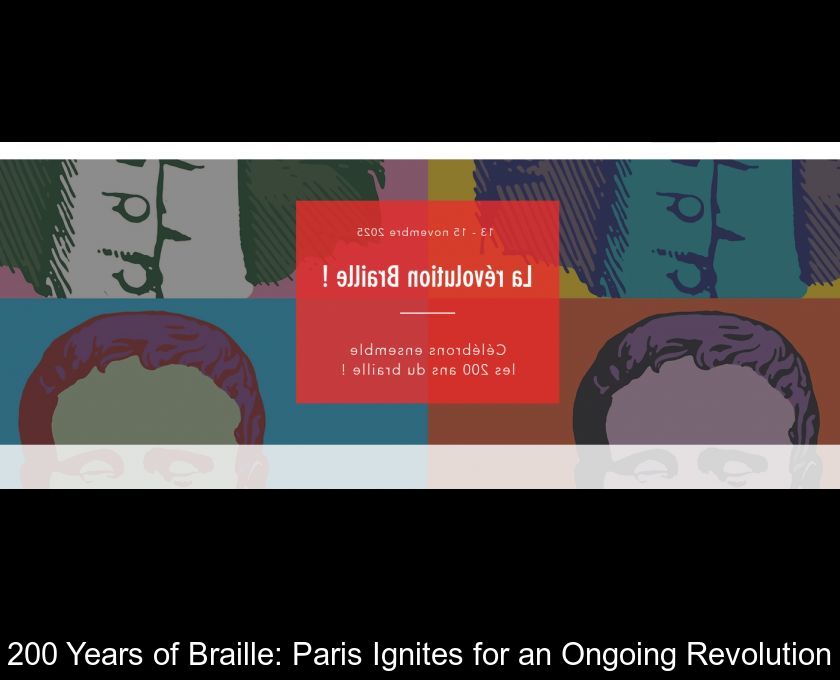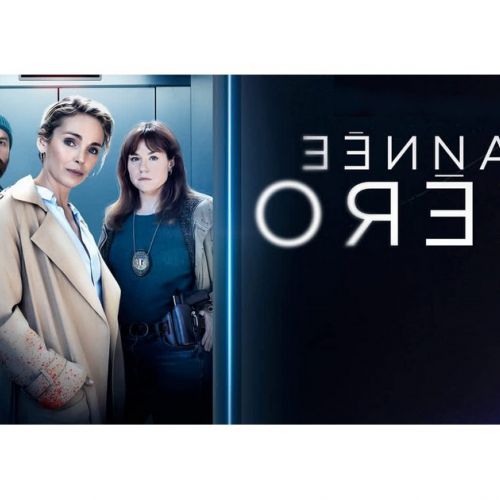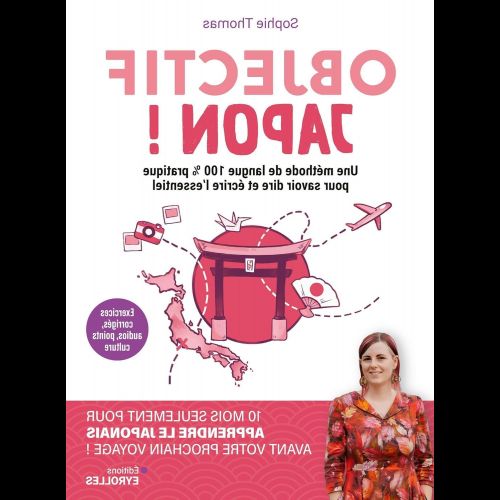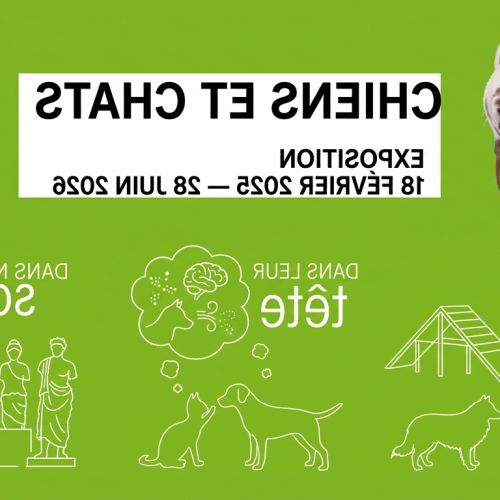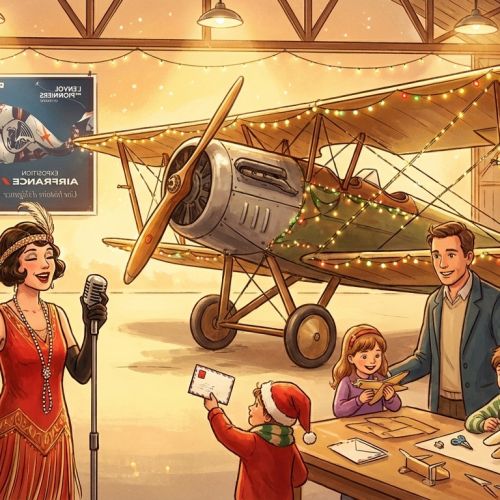200 Years Of Braille: Paris Ignites For An Ongoing Revolution
Two centuries after the ingenious invention of Louis Braille, the capital rolls out the red carpet: three days of tributes, debates, and innovations to remind us that these six little dots have never been more visionary.
Louis Braille: When Six Dots Changed the World
In 1825, a 16-year-old student at the Royal Institute for Blind Youth experimented with a raised dot system inspired by Charles Barbier's "military code." With a few punches, Louis Braille invented the first truly efficient tactile alphabet. Two hundred years later, his idea continues to enlighten the daily lives of millions of blind or visually impaired people. Contrary to a persistent myth, braille is not a dusty relic: it remains the only way to access spelling, punctuation, and thus... the power of words.
Why is Braille Still Essential in 2025?
In France, more than 1.7 million people live with severe visual impairment. Globally, the World Health Organization estimates that 39 million people are completely blind and 2.2 billion have some form of visual deficiency. However, only about 10% of blind adults truly master braille. Without this tactile code, the digital, cultural, and even civic divide widens. Banknotes, medication packaging, elevators, and certain voice apps already incorporate these six magical dots. All the more reason to strongly emphasize their importance.
Three days of events in the heart of Paris.
- Thursday, November 13: International symposium at the BnF.
- Friday, November 14: Innovation & Research day at the brand new Louis Braille Campus.
- Saturday, November 15: Civic tribute at the Panthéon.
An XXL program designed as a bridge between heritage and future. Researchers, artists, start-ups, institutions, and the general public will share the stage. A small (but tasty) bonus: the event takes place under the high patronage of the President of the Republic, making it as official as it gets.
Thursday, November 13: the BnF kicks off the academic season.
At the François-Mitterrand site, the day starts at 9:30 AM with an opening by Rachida Dati and Santosh Kumar Rungta. Then, a pair of historians, Gildas Brégain and Zina Weygand, recount the epic tale of braille. The morning ramps up with a talk by François Colignon, a neuroscientist, who will dissect the burning question: "How does the brain read braille?" The afternoon? Three roundtable discussions on the agenda (Education, Employment, Culture) followed by a cocktail and a jazz concert—because science needs a bit of swing too.
Friday, November 14: The Louis Braille Campus, a hub of innovation
Inaugurated in 2024, this campus nestled on Boulevard des Invalides becomes, for a day (and probably much longer), the headquarters of inclusive technologies. Starting at 9:30 am, Amazon, Apple, Dassault Systèmes, and the Institute of Vision unveil their latest discoveries. On the agenda:
- Workshops on AI for visual impairment,
- Pitches from startups (Ezymob, GoSense, EyeCane... the list goes on),
- Guided tours of the showroom to test prototypes.
We are even promised a food-truck break in the gardens. Inclusion, but without forgetting about indulgence.
Saturday, November 15: The citizens' march towards the Pantheon
Final act, highly symbolic. Starting at 10 a.m., an immersive stroll takes participants through the footsteps of Louis Braille, from the Pantheon to his historic neighborhood. The idea: to remind that the fight for accessibility is as much about collective memory as it is about daily commitment. A solemn moment, but not stiff—the focus will be on the participatory aspect, ensuring that everyone can embrace this tactile history.
Who is orchestrating this touch revolution?
ApiDV, Valentin Haüy, INJA, the Federation of the Blind and Amblyopic of France, and Campus Louis Braille are pooling their strengths. Together, these organizations represent over 4,000 volunteers, several training centers, and a dense territorial network. They are well acquainted with the field—and its challenges—down to the finest detail (no pun intended). Their motto: "support, promote, integrate."
Braille & Technology: A Duo That Sees Far Ahead
Digital braille displays, now able to connect to a smartphone via Bluetooth, are slowly but surely becoming more widespread. Start-ups are working on character recognition glasses, while 3D printing is paving the way for lower-cost tactile textbooks. Even better: artificial intelligence is already analyzing urban traffic to generate real-time tactile-audio maps. Braille isn't burying technology; it's merging with it.
A lever for employment and citizenship
Less than 40% of blind people are currently employed in France. However, proficiency in braille almost doubles the chances of professional integration. The round tables on November 13 will give a voice to blind journalists, researchers, or artists who prove, every day, that accessibility is a profitable investment—both humanly and economically.
Practical information: prepare your visit
Dates: November 13, 14, and 15, 2025.
Access: BnF (Metro line 14, Bibliothèque François-Mitterrand), Campus Louis Braille (Metro line 13, Duroc), and Panthéon (RER B, Luxembourg). All sites are equipped with audible beacons and ground guidance.
Rates: Free of charge, registration required via the official website.
Good to know: The conferences will be fully transcribed in braille and subtitled, ensuring that no one is left behind.
Nota Bene: Braille in a Few Numbers
• 6 points, 64 possible combinations.
• 1 A4 page in braille is equivalent to 3 printed pages (plan for space!).
• Today, there are over 130 languages transcribed into braille.
• Since 2019, January 4th (Louis Braille's birthday) is World Braille Day.

